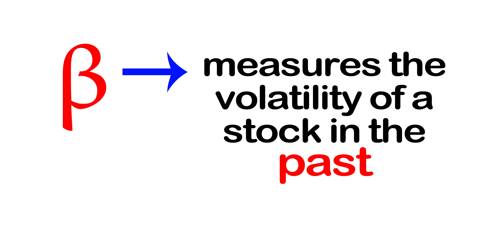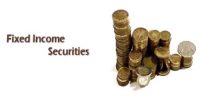The stock of beta coefficient, ‘β’ is a measure of the stock’s market risk. Beta measures the volatility of returns on a security relative to returns on the market, which is the portfolio of all risky assets. A company with a higher beta has greater risk and also greater expected returns. The basic thought is that the higher your beta is, the riskier the stock is.
Technique for measuring beta risk: The estimation of project betas is even more difficult and more fraught with uncertainty, primary because individual operating assets pay no dividends and have no quoted market prices, hence we cannot calculate historical market-return betas for use in the analysis. However, two approaches have been used for estimating the betas of individual assets;
(1) The pure-play method: In the pure play method, the company tries to find one or more nonintegrated, single product companies in the same line of business as the project being evaluated.
(2) The accounting beta method: As noted above, it is generally not possible to find single-product, publicly traded firms suitable for the pure play approach. When this is the case, companies sometimes use the accounting beta method. As you know, betas are normally found by regressing the returns on a particular company’s stock against returns on a stock market index. Betas using accounting data rather than stock market data; are’ called accounting betas.
Beta is used in the capital asset pricing model (CAPM), which calculates the expected return of an asset based on its beta and expected market returns.















